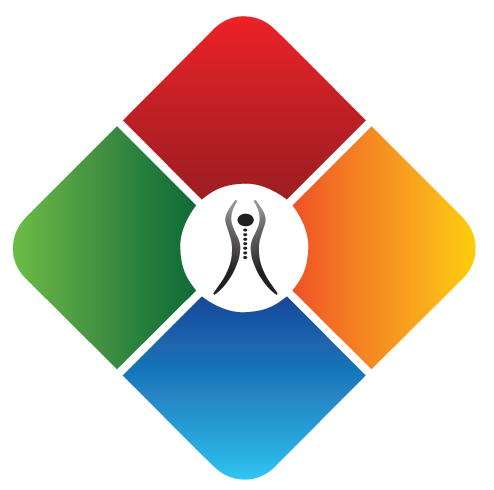 Sciatica involves irritation to the large nerve that runs down the back of your leg into your foot. The Sciatic nerve consists of multiple nerves that exit through the lumbar spine, all which form a large nerve that extends down through the buttocks, then down the back of the leg and into the foot. Irritation to this nerve can result in lower extremity or leg pain, as well as numbness and tingling.
Sciatica involves irritation to the large nerve that runs down the back of your leg into your foot. The Sciatic nerve consists of multiple nerves that exit through the lumbar spine, all which form a large nerve that extends down through the buttocks, then down the back of the leg and into the foot. Irritation to this nerve can result in lower extremity or leg pain, as well as numbness and tingling.
Reaching a firm diagnosis of Sciatica begins with a visit to your physician’s or chiropractor’s office where you will give a complete history of your pain. For example, if the patient states that it hurts to sit, that is an automatic red flag of an indication of irritation to that nerve or nerve root. If a patient states that they experience pain after standing for long periods, that’s another red flag. We then do a physical examination followed by orthopedic neurological testing. If needed, we have an MRI or CT scan performed which will tell us even more about what is going on.
What Causes Sciatica?
Many times patients want to know what might have caused this condition and the most common cause is a disc herniation. Most of us have either suffered ourselves, or have had friends and family who suffered from a bulging disc and this occurs when a disc in the lumbar spine bulges, herniates or protrudes to the point of irritating the Sciatic nerve, resulting in pain down into the leg.
A second reason for this pain stems from spinal stenosis which means a narrowing of the opening where that nerve comes out. This is commonly seen in elderly patients.
A third reason for Sciatic pain comes from what is known as a pinched nerve. This can occur from injury or what I refer to as micro trauma, which is daily activity that can cause some pinching on a nerve, producing pain.
Pregnancy can also irritate the Sciatic nerve because pregnancy causes so many changes in a woman’s body which can irritate the nerve.
Treating Sciatica
Our first line of treatment for Sciatica involves activity modification. One of the primary triggers is flexion or bending over. Being careful in this area can mean altering how you put your shoes and socks on in the morning, or taking care at any time when stooping over throughout the day. Modifying activities can help a patient regain control over pain and of course, it is most important that we remain active throughout our life. Years ago when patients consulted their doctors, they were advised to take medication and take it easy for at least a few days. Although medication is still utilized quite often, doctors now want you to continue moving.
Other conservative methods of treatment involve manual therapy manipulation, physical therapy and medications. You might be prescribed an anti-inflammatory treatment such as Acetaminophen or Tylenol, which should help you feel better. In most cases, these problems will resolve themselves with conservative care, but there are rare instances where disc herniation might be moderate to severe. Steroid injections may be prescribed or even surgery. It all depends on the severity of the bulging disc, but treatment begins with conservative measures and surgery is only used as a last resort.
Listen to the SpineFit Radio Podcast of this post
011713
